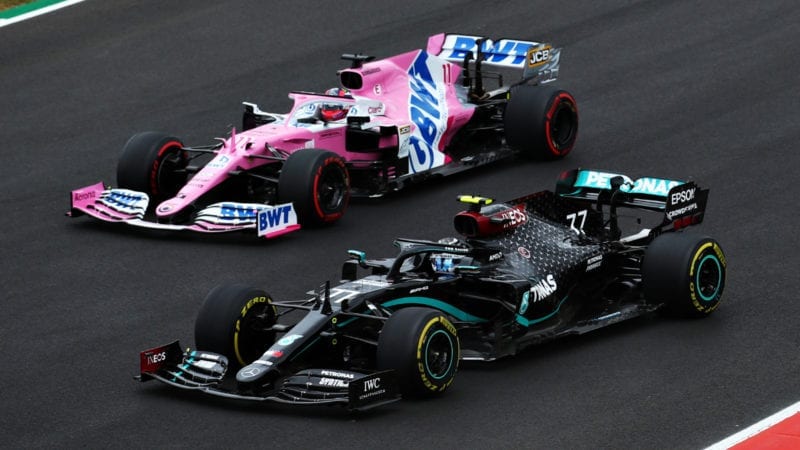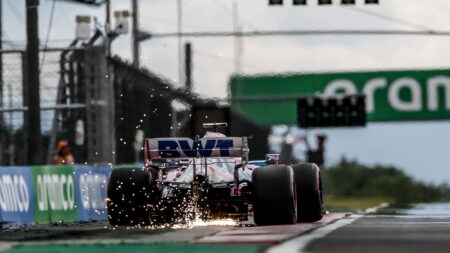If one listed part “closely resembles” that of another team, then an investigation can be prompted.
In an era where cars are largely differentiated by their paint scheme, the loosely-worded regulations could lead to a wave of challenges at the first race of 2021.
“In cases where isolated features of a Competitor’s LTC(s) may closely resemble the features of another Competitor’s LTC(s), it will be the role of the FIA to determine whether this resemblance is the result of reverse engineering or of legitimate independent work,” the rules state.
Teams will have to provide “data or other information that is required to demonstrate compliance” to the FIA, detailing the development of each part in question throughout the design process, including actions taken ahead of the 2021 season.
New parts based on rivals’ designs or designs that were developed ahead of the 2021 season can no longer be copied but it is up to the FIA to determine what constitutes such a breach.
The regulations only apply to new 2021 cars and brand new upgrades introduced this season, meaning Racing Point’s ‘Pink Mercedes’ is clear to continue racing.
“Any Listed Part… that was used by a Competitor during an Event of the 2019 Championship or during the first completed Event of the 2020 Championship will be deemed to have been designed by the Competitor and not be based on reverse engineering, irrespective of its origin,” the regulations say.
“The Competitor may therefore use this LTC, or develop it further, subject to such developments complying with the requirements of this Article.”
Experience from the Racing Point brake duct saga appears to have had an influence on the wording of the new regulations.
The team was penalised this year because the car’s rear brake ducts were copied from a 2019 Mercedes design. It was docked 15 championship points and fined 400,000 euros.
Brake ducts only became listed parts this season. Last year, Racing Point legally received blueprints of Mercedes’ 2019 designs and used them as the basis for the front ducts on last year’s car – when they were not listed parts. The ducts were updated for the 2020 challenger and used legally.
However, Racing Point also based the 2020 car’s rear brake ducts on Mercedes’ designs, but these were ruled illegal because they had not been used in 2019. The new rules explicitly outlaw the practice.
“For all LTCs used during the 2021 Championship, the restrictions described in this Article apply to their entire design process, including actions carried out before the 2021 calendar year,” they say.


